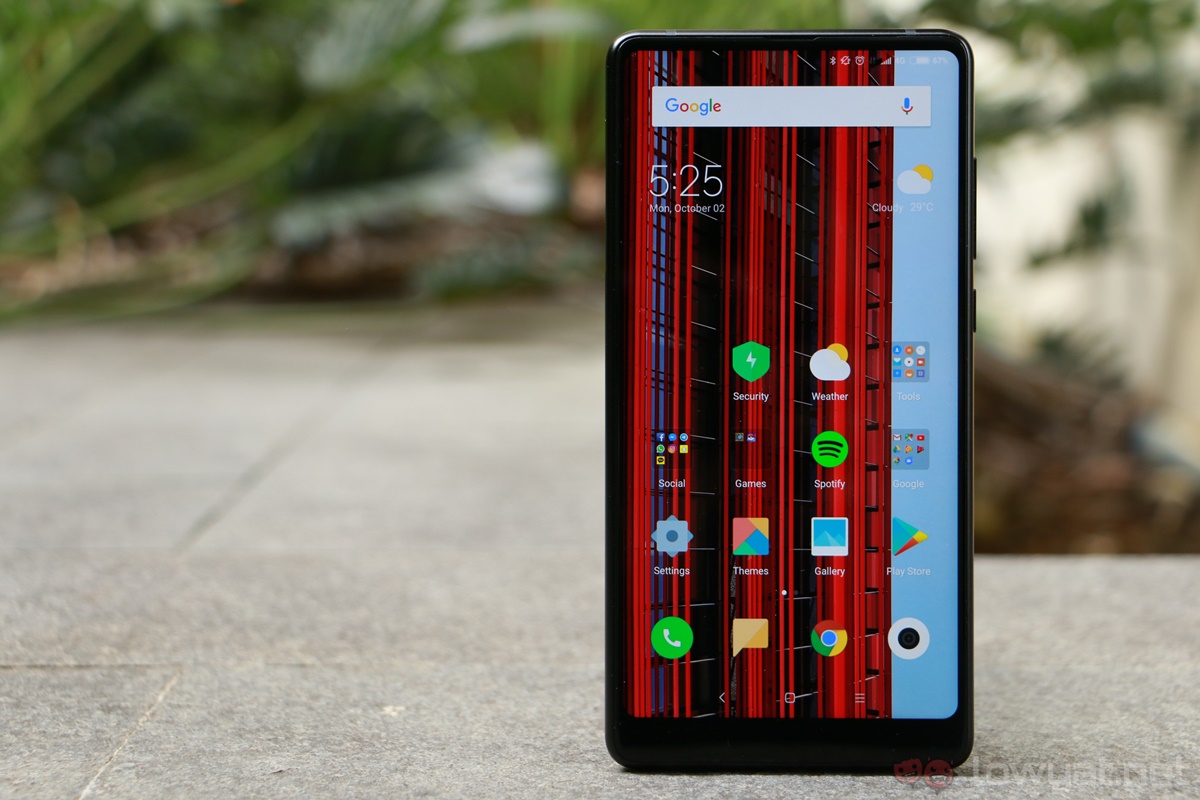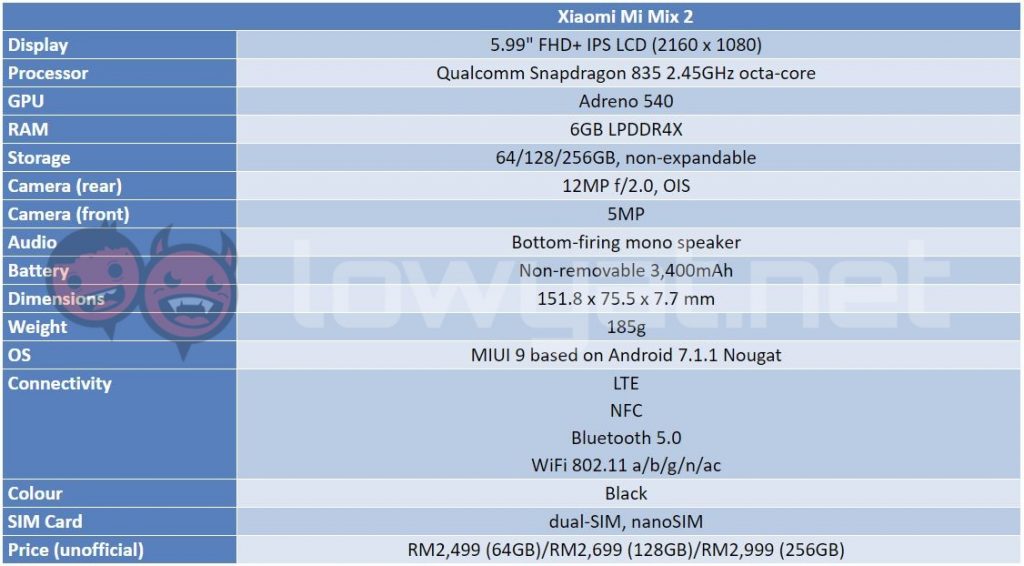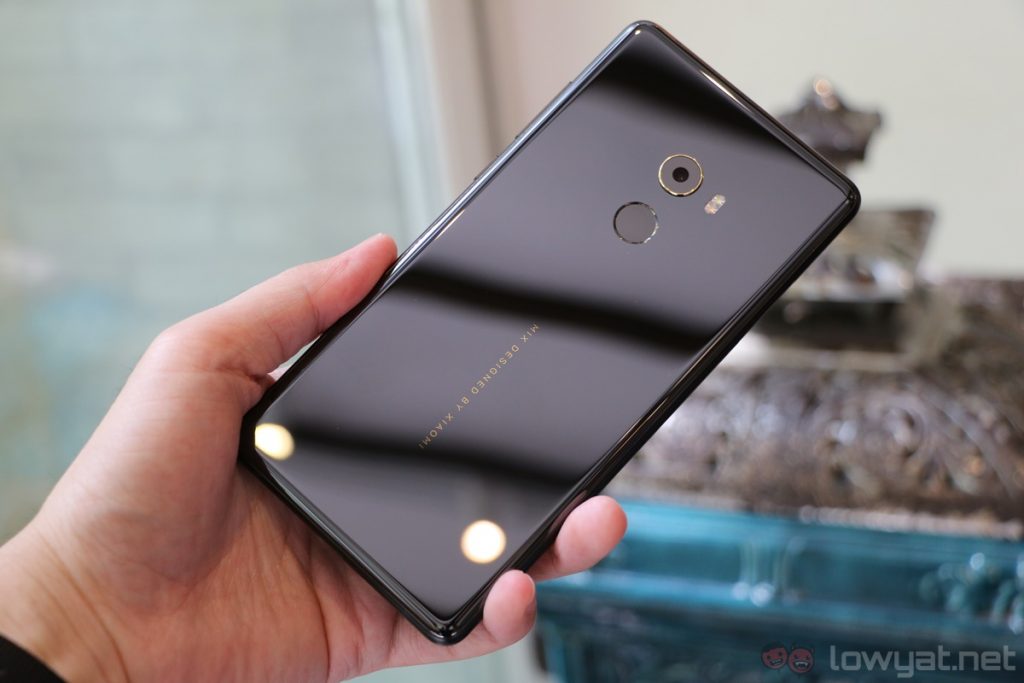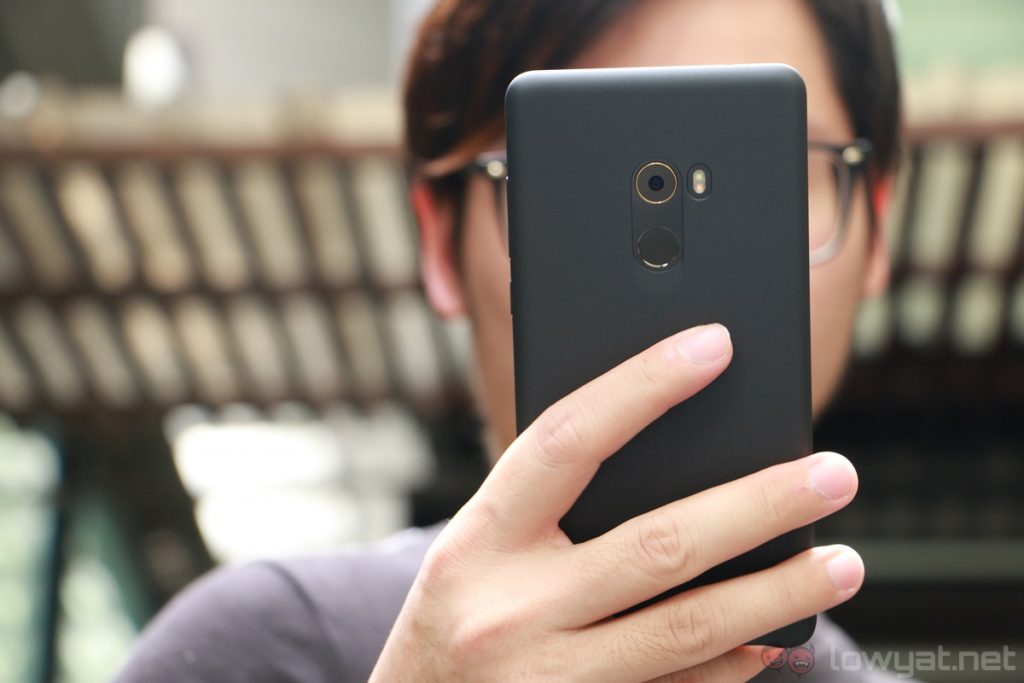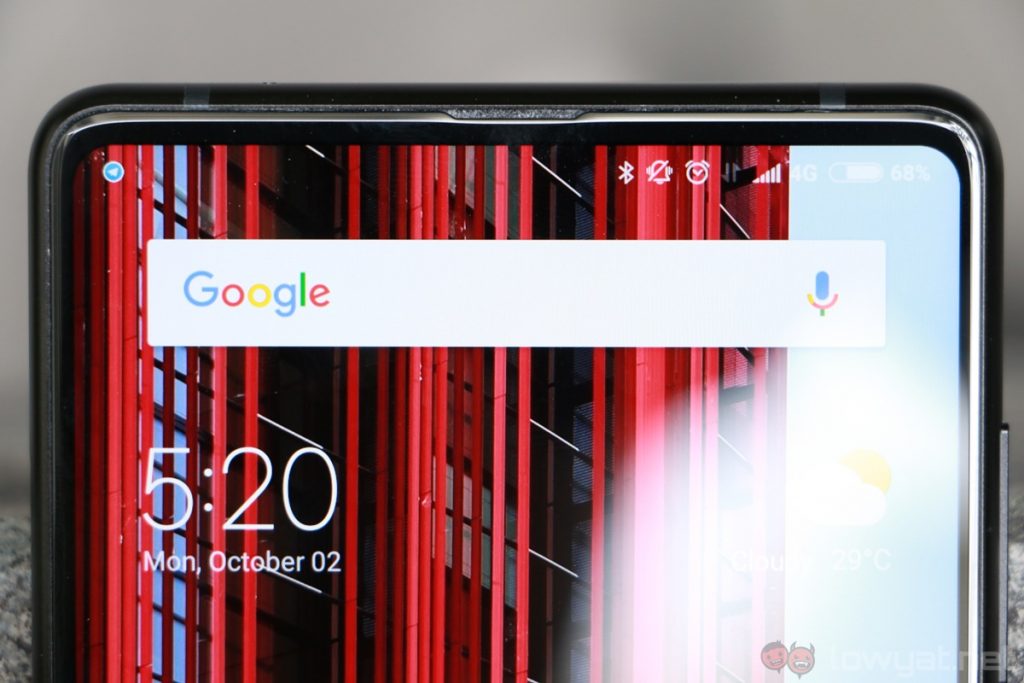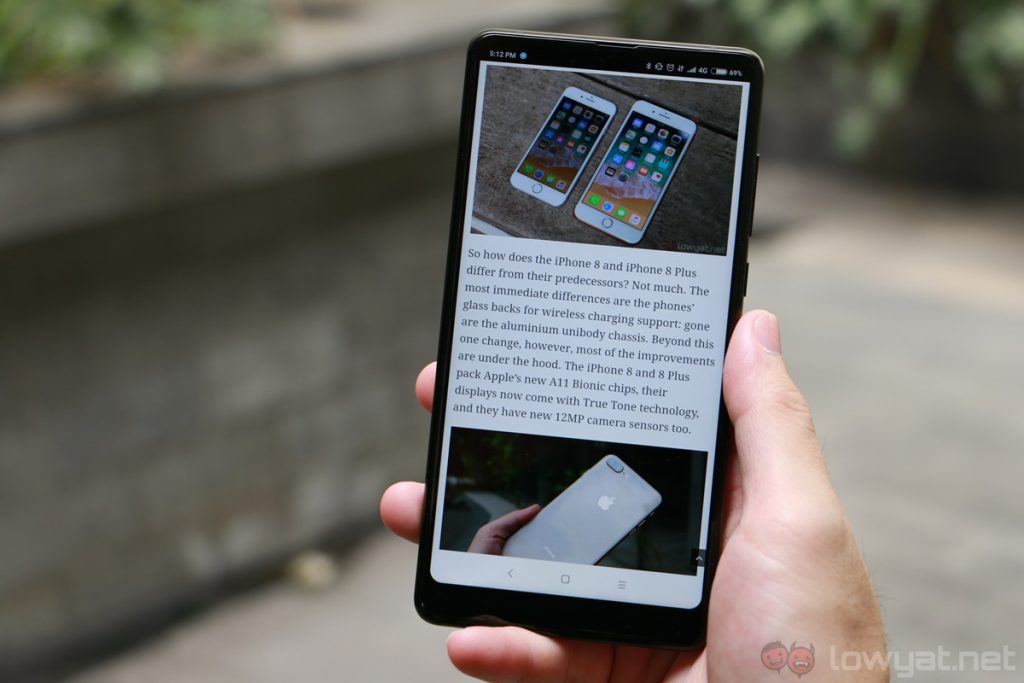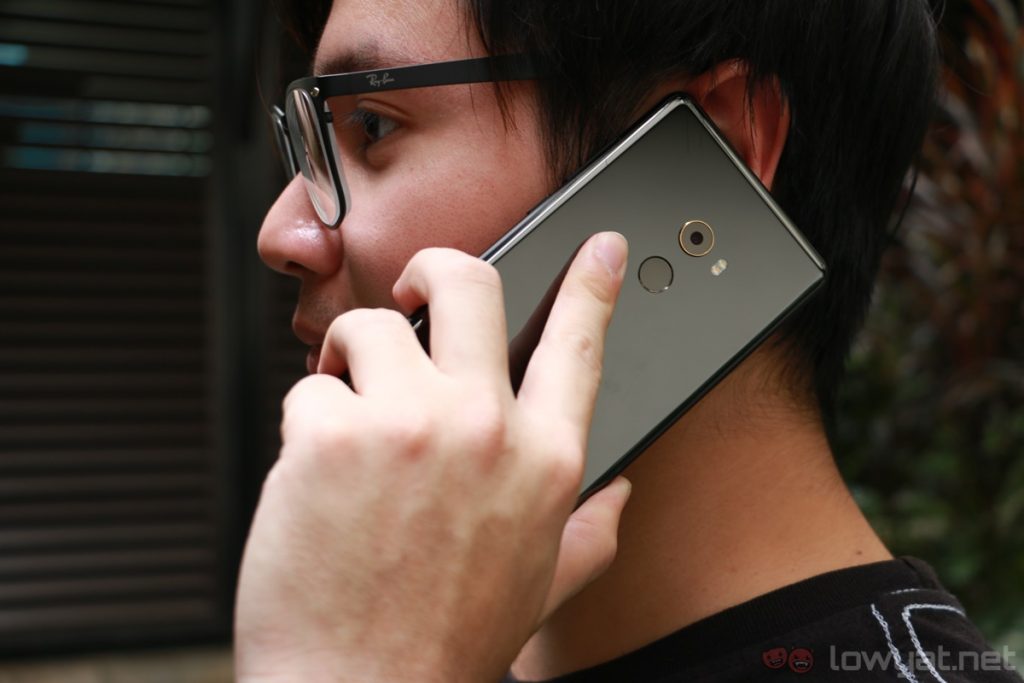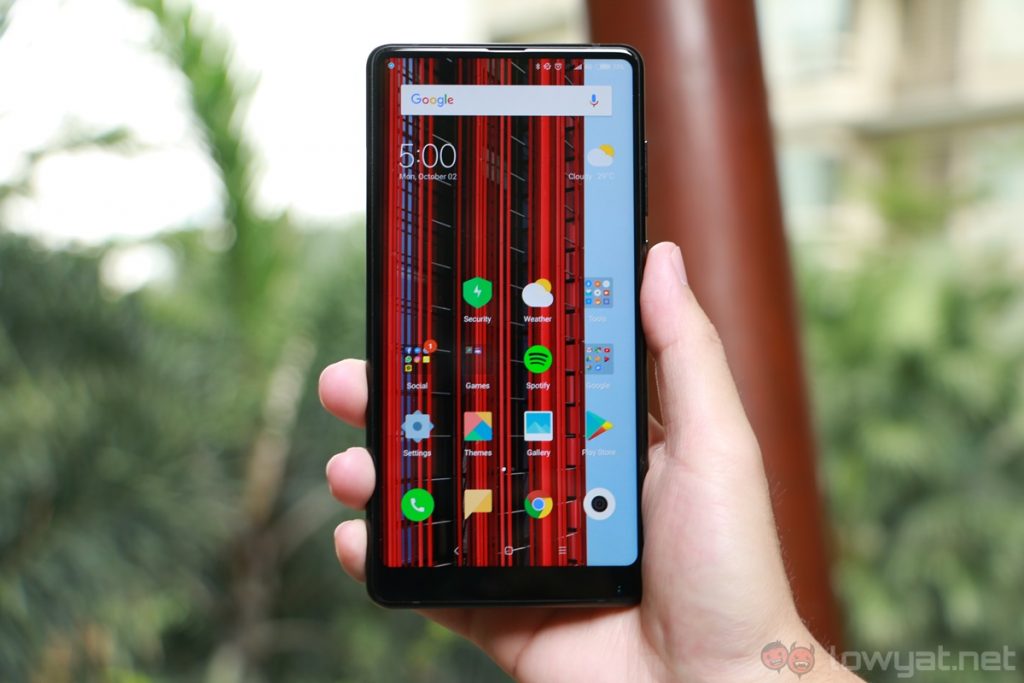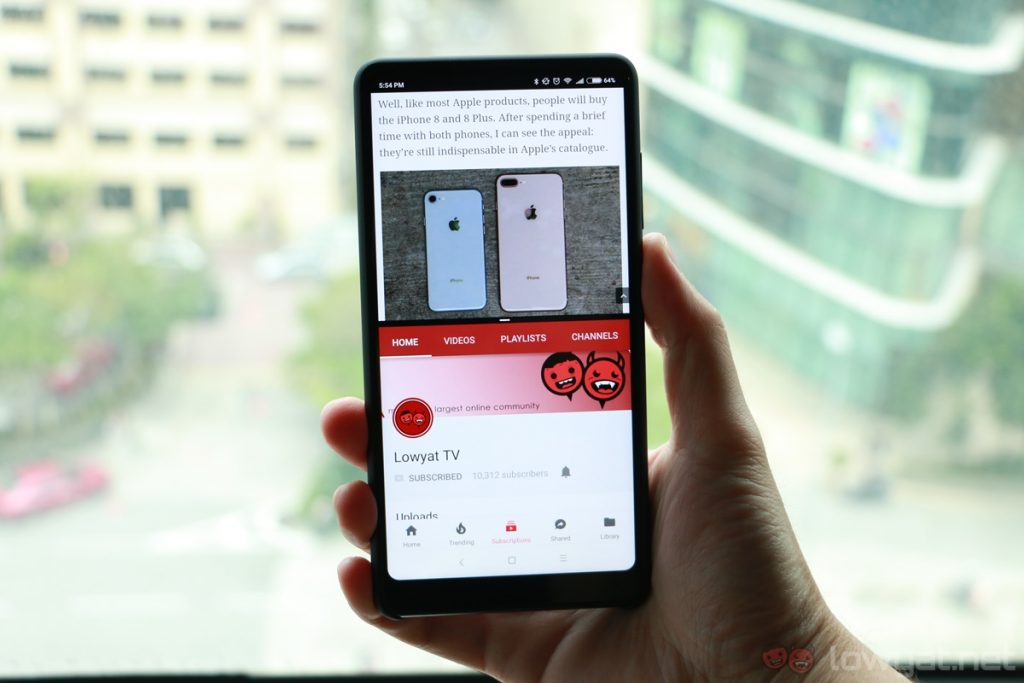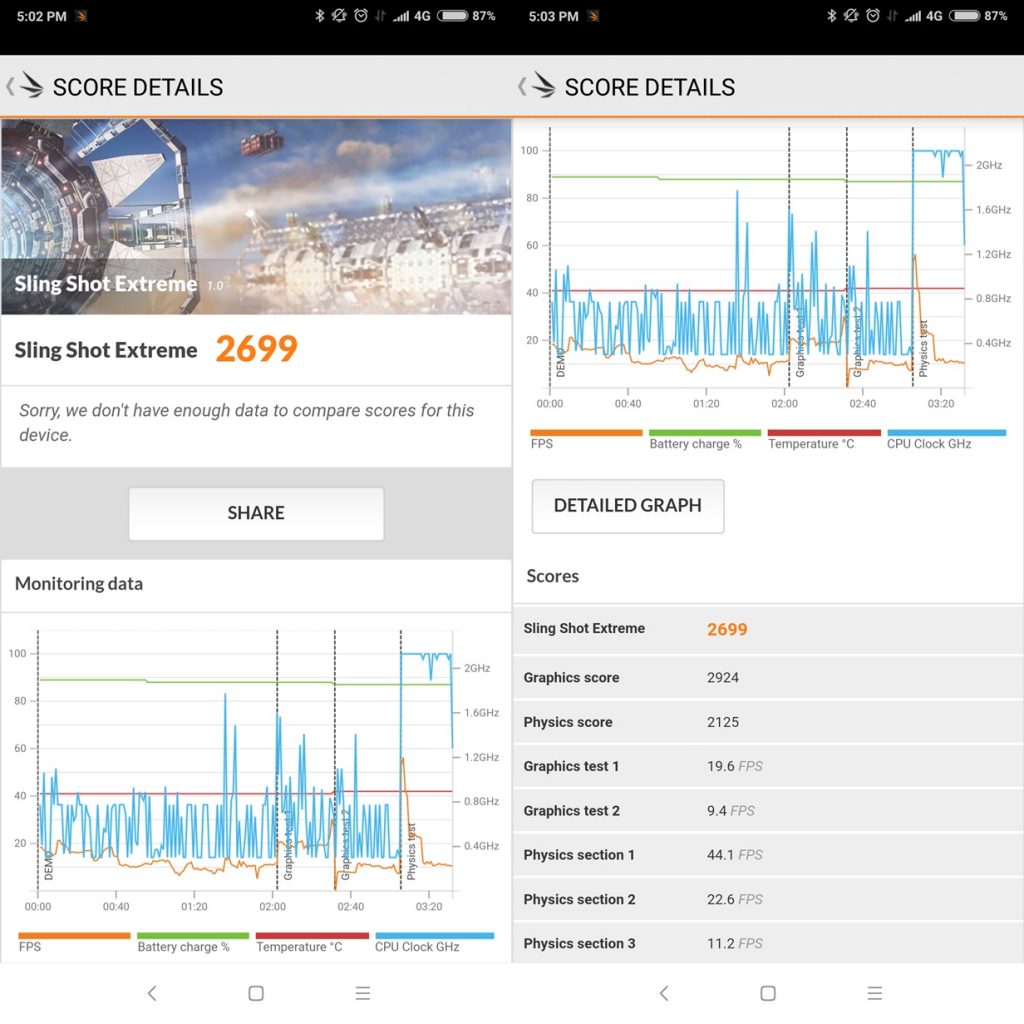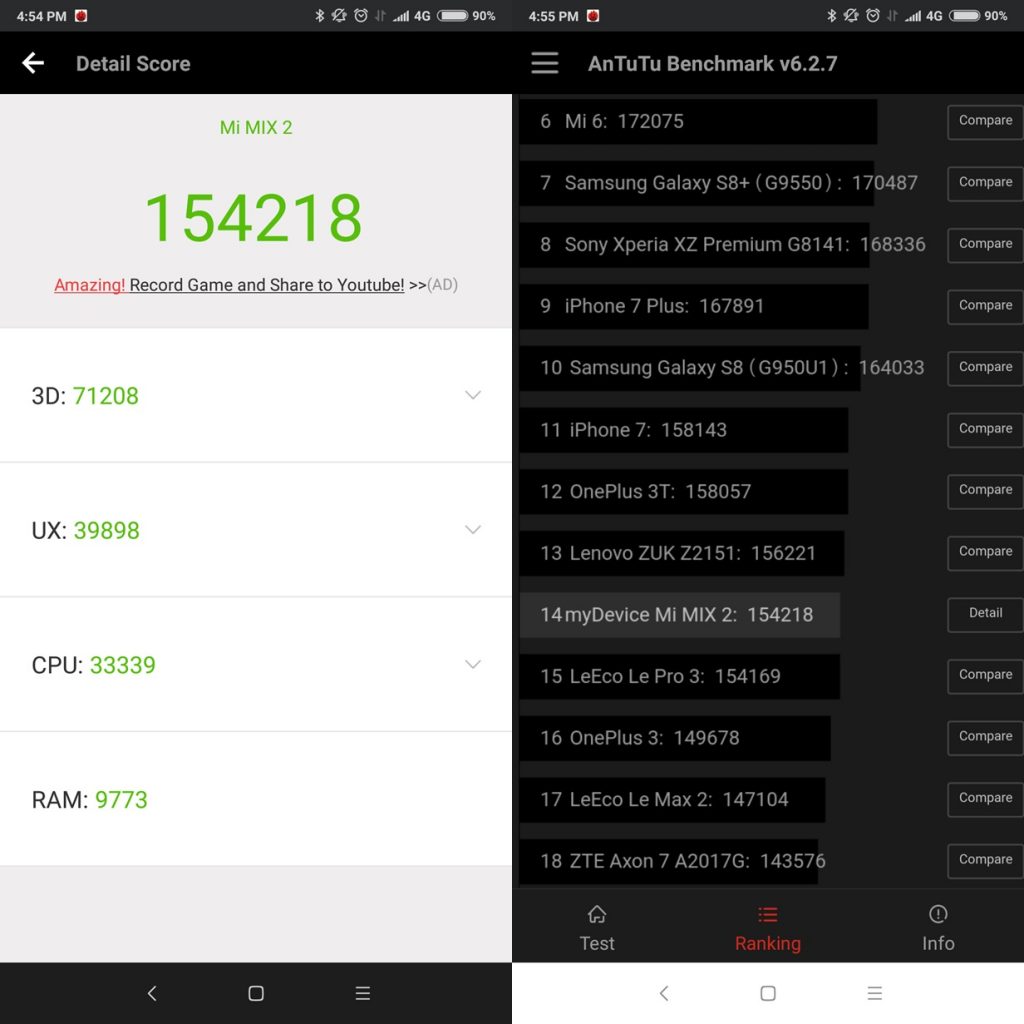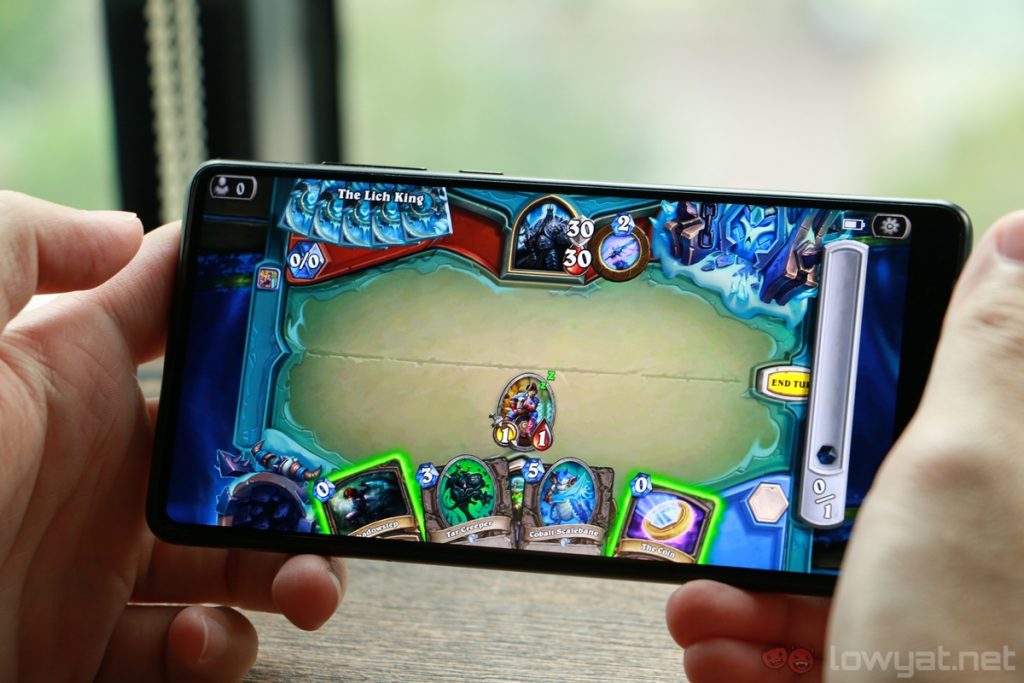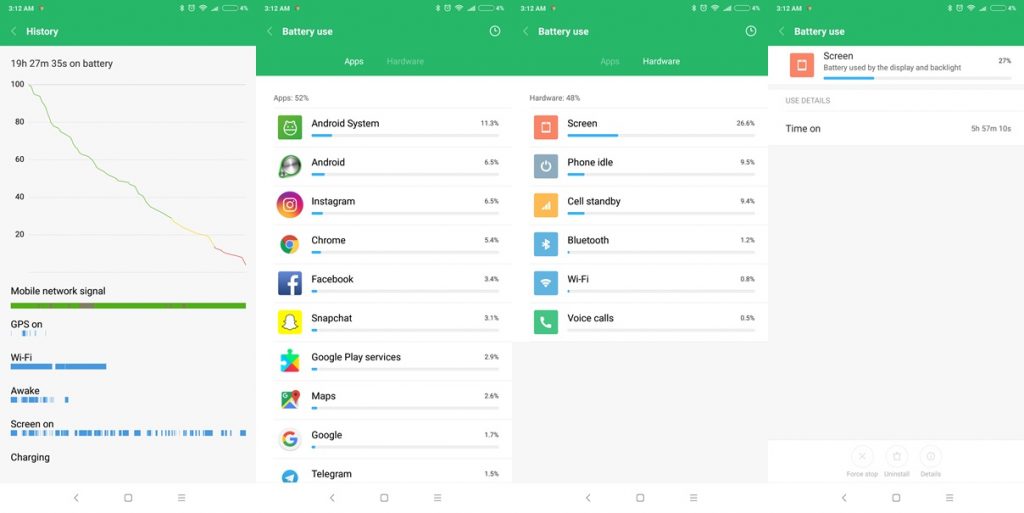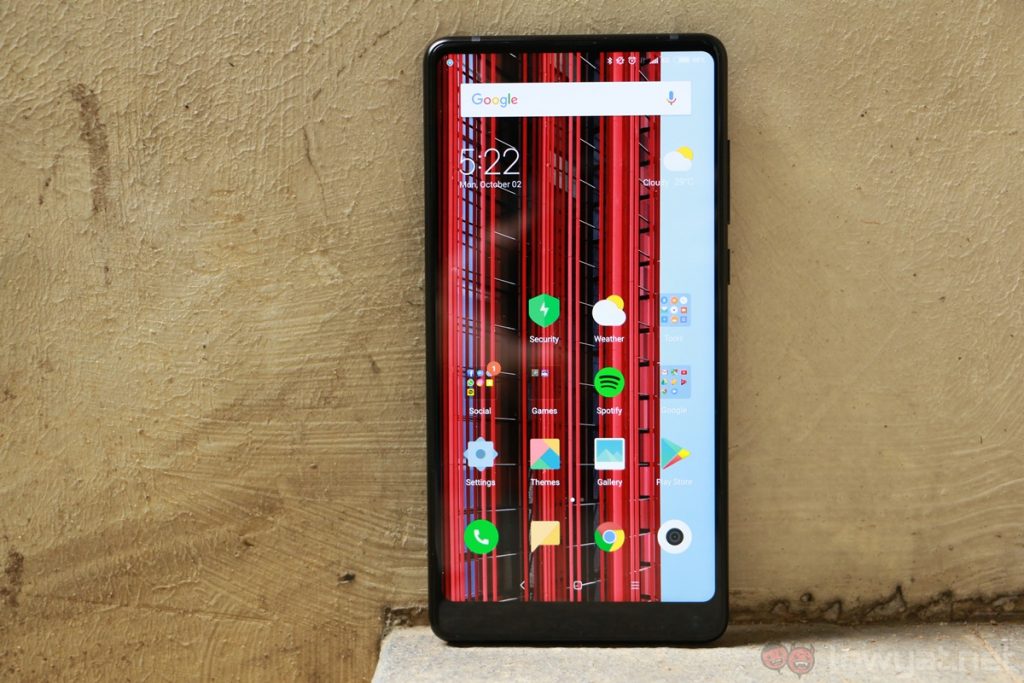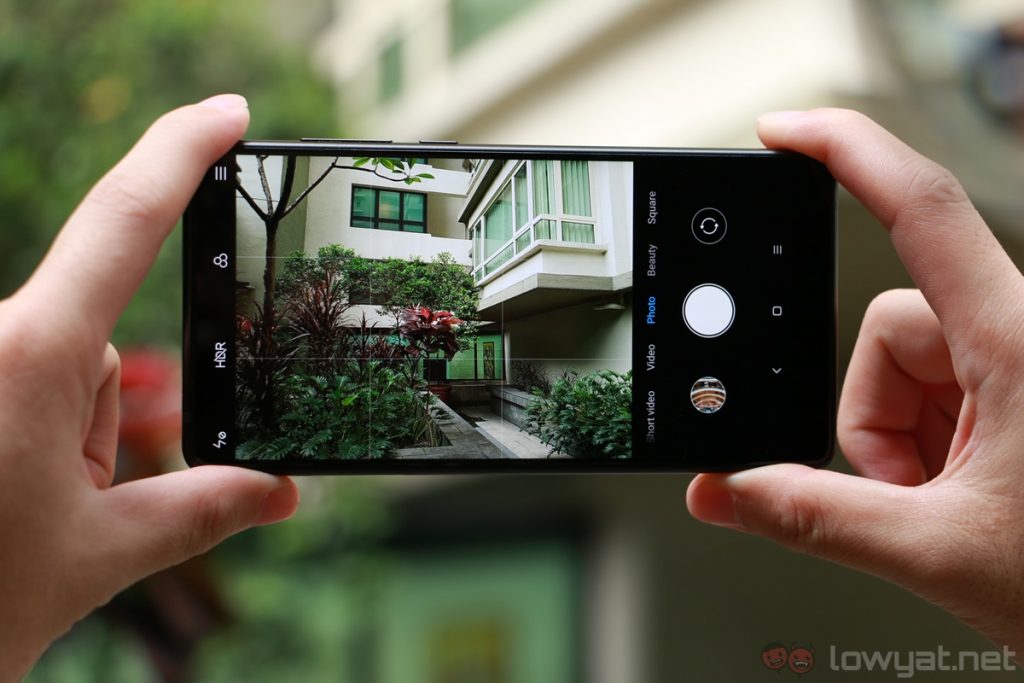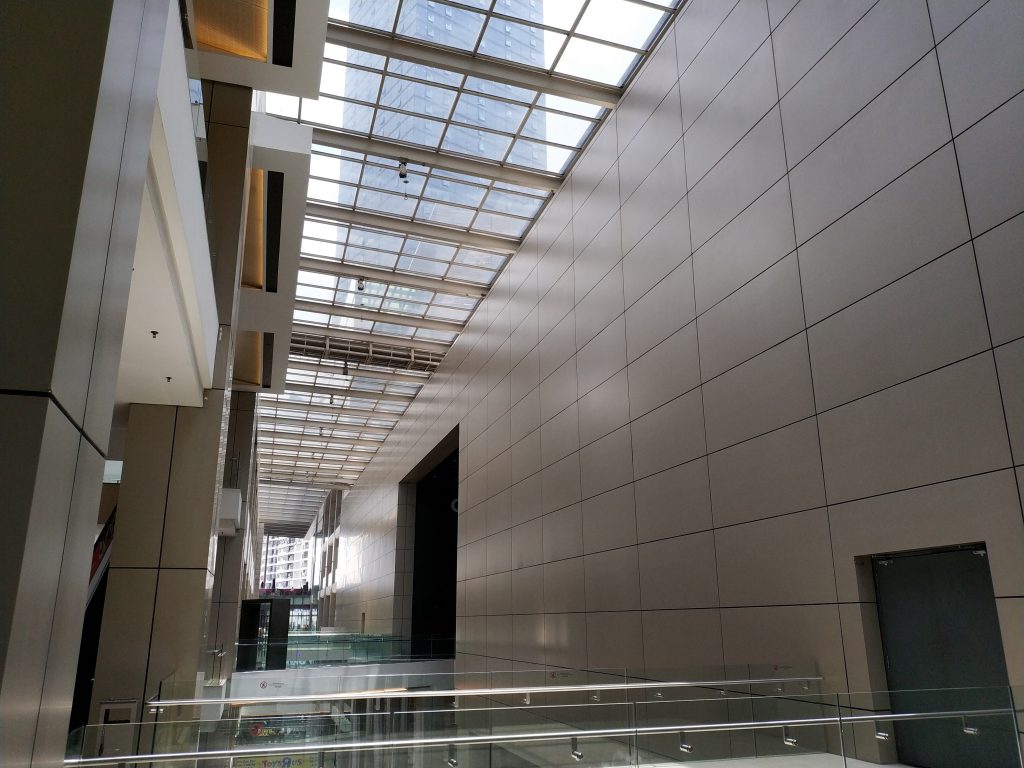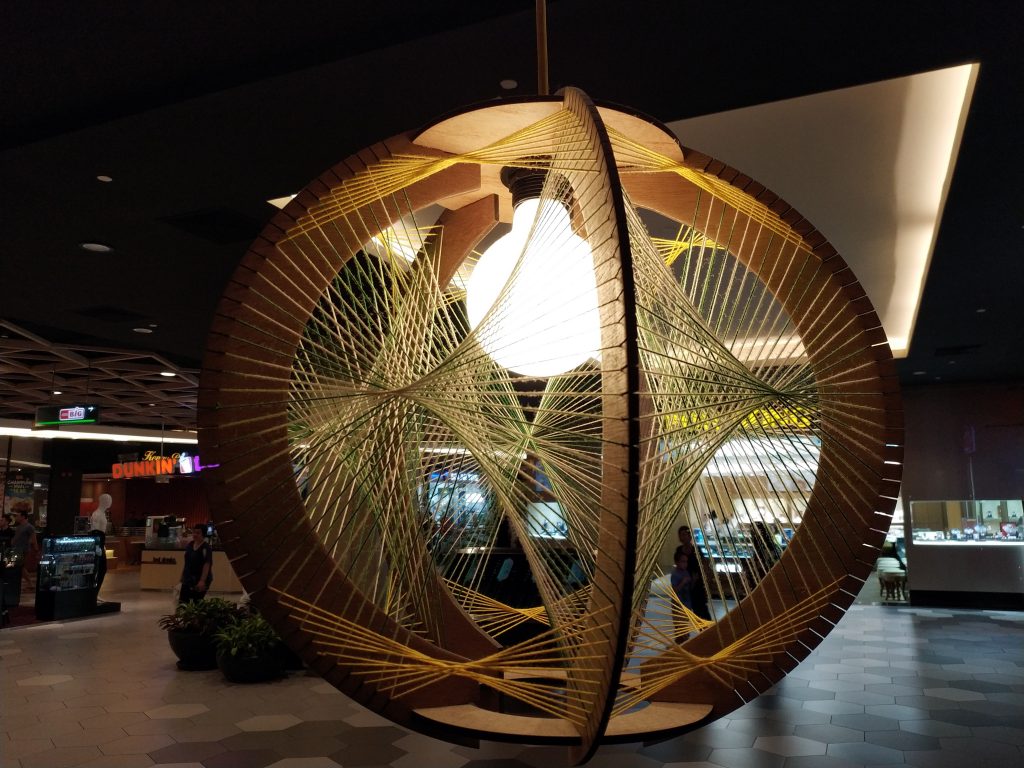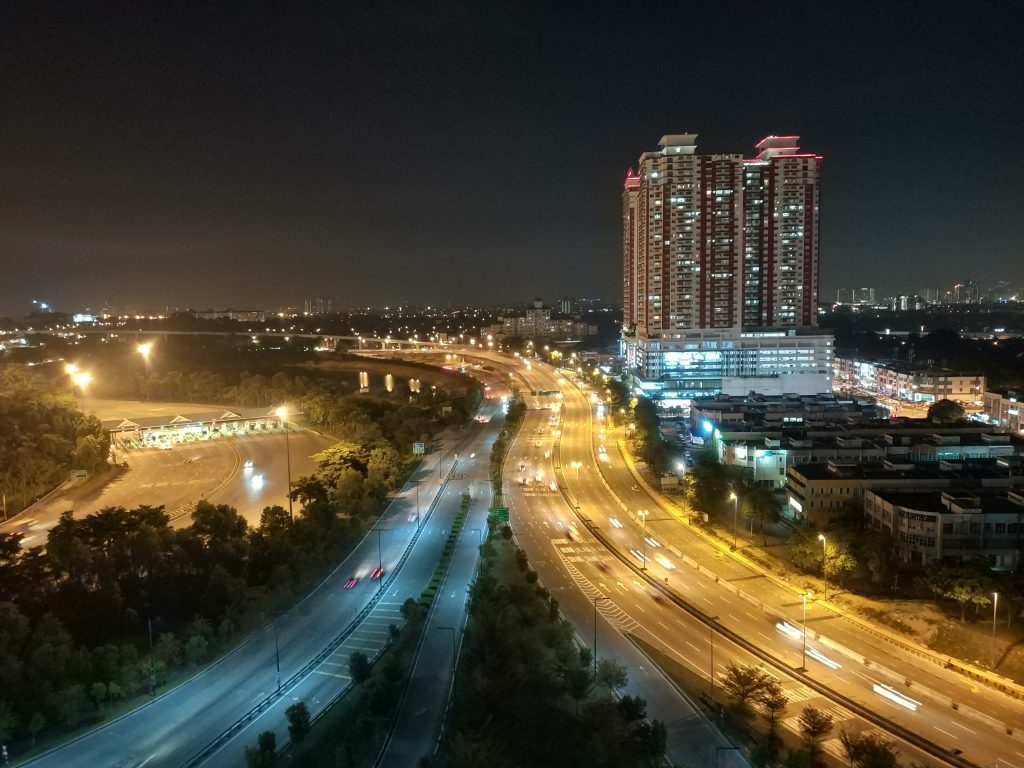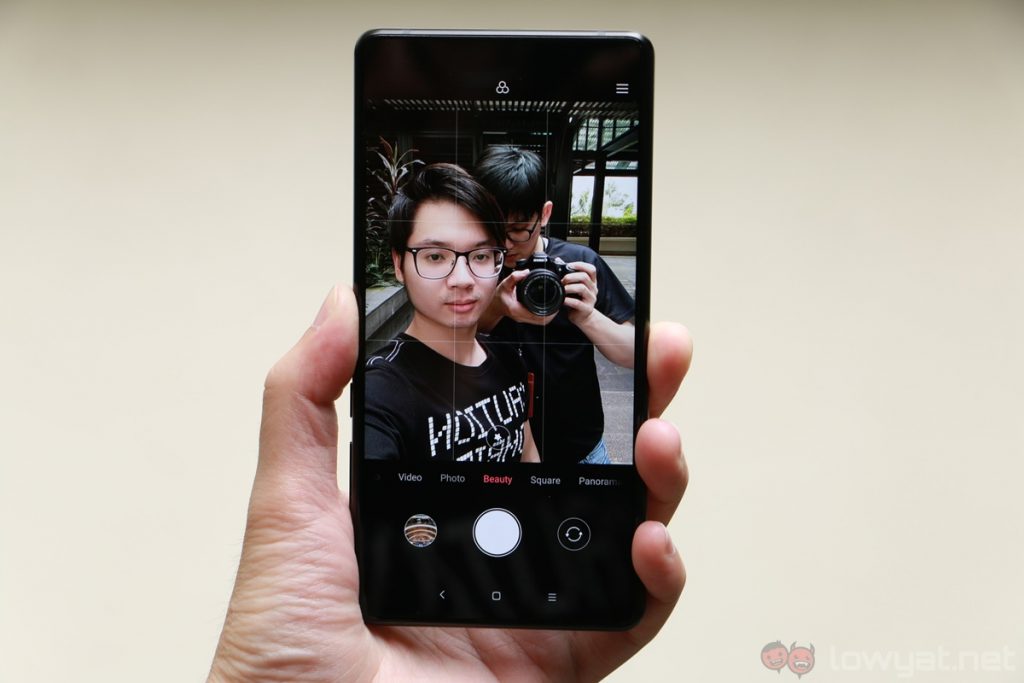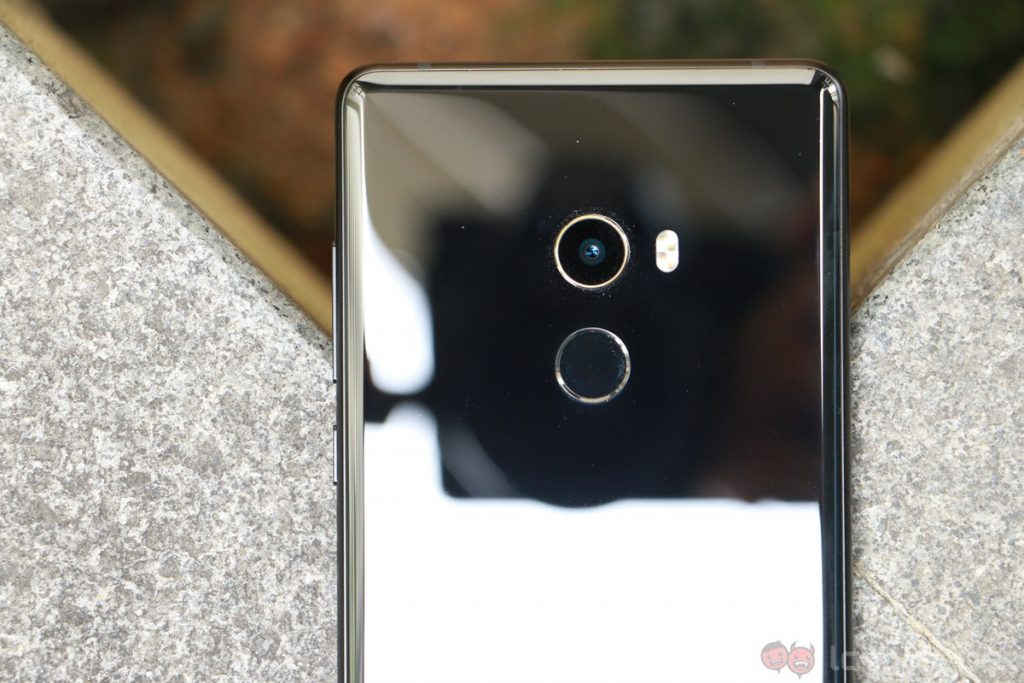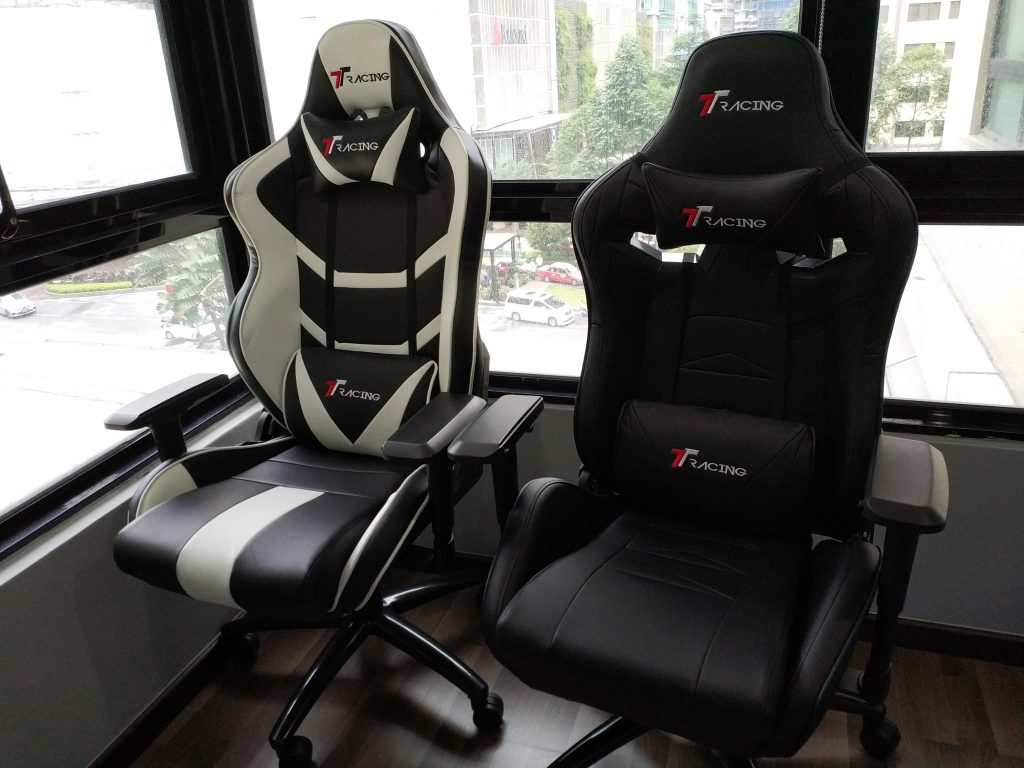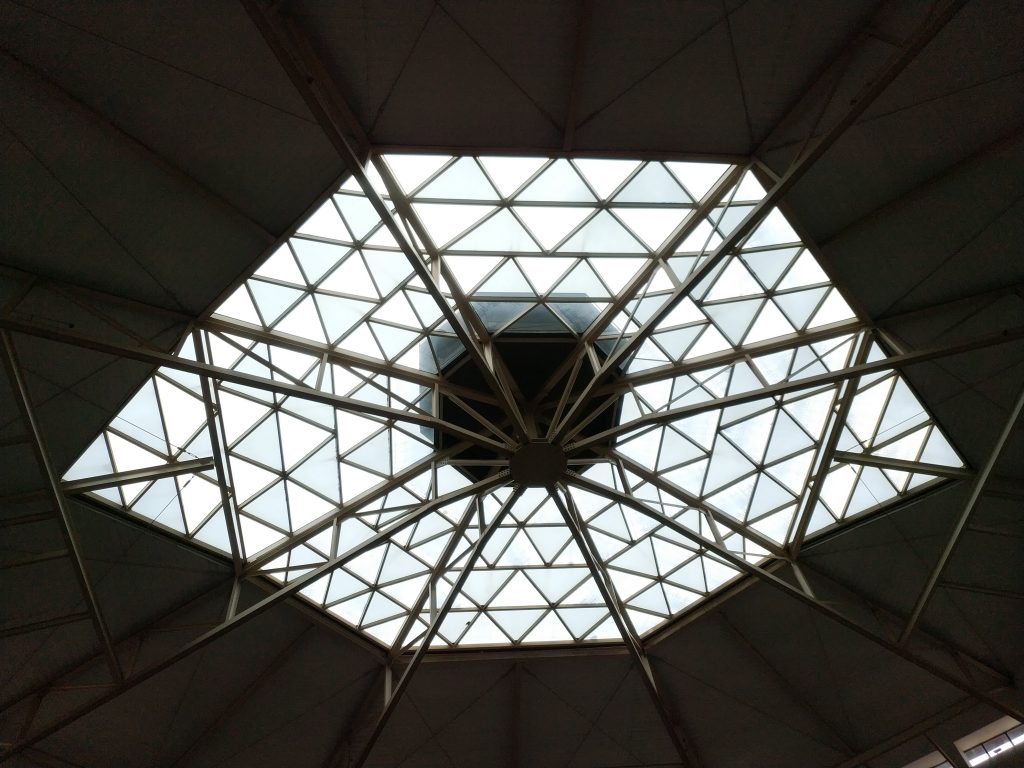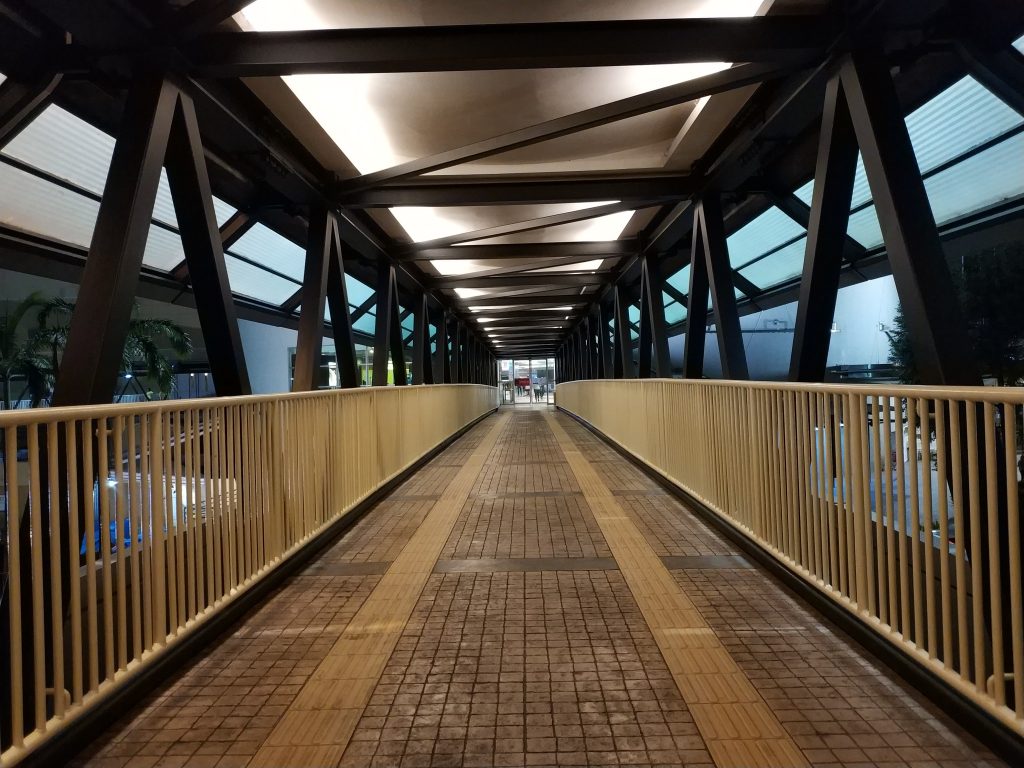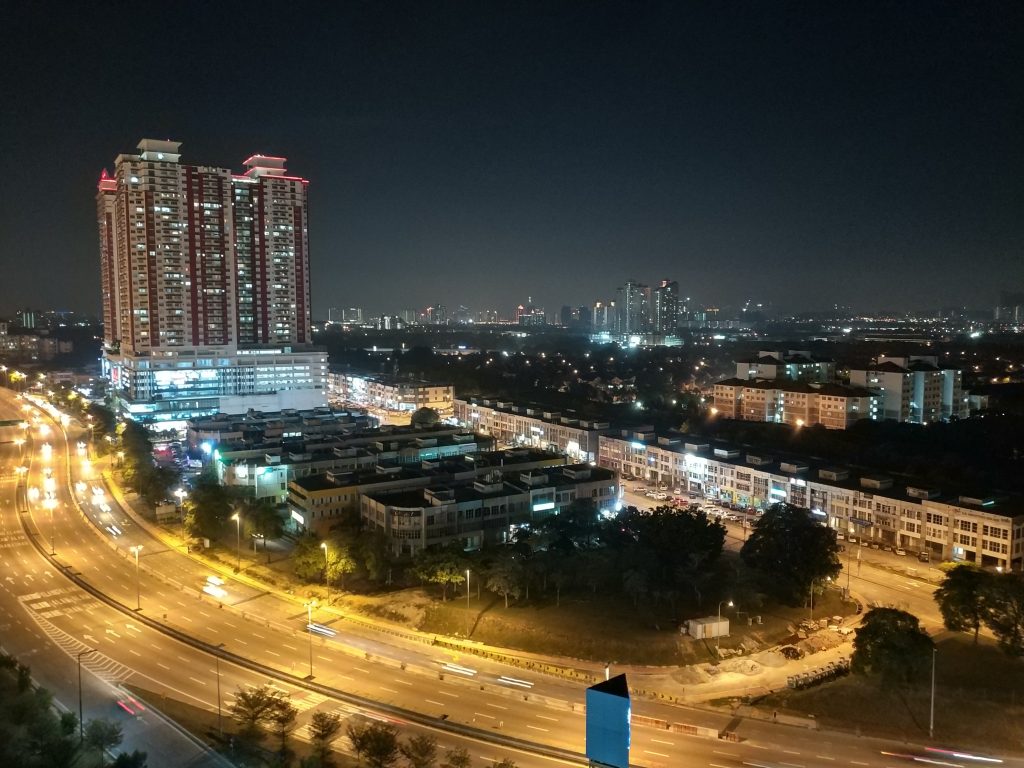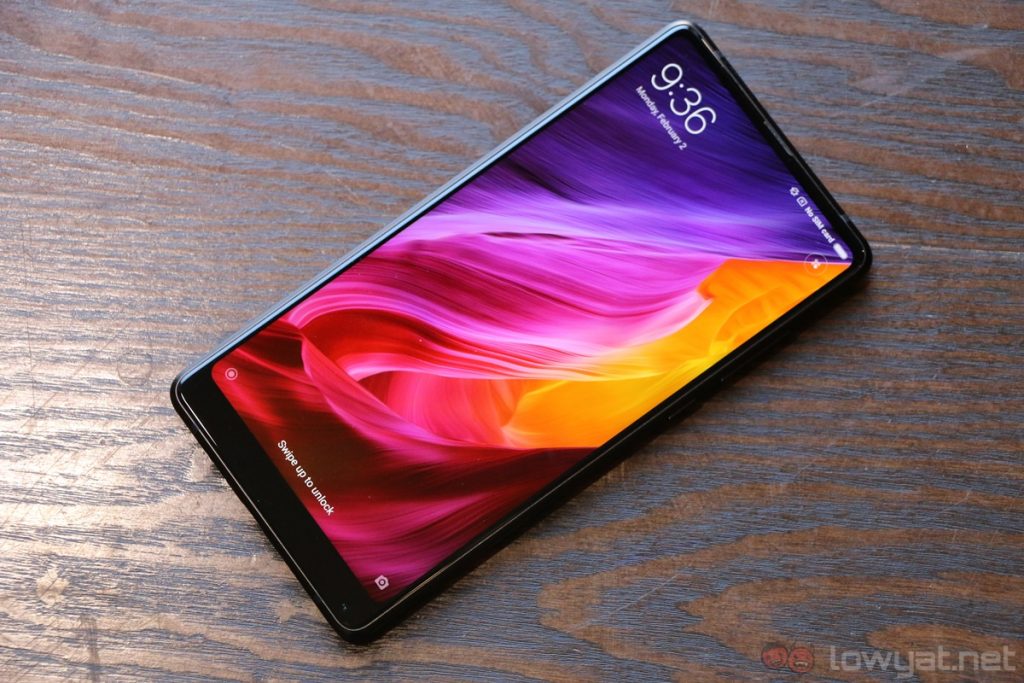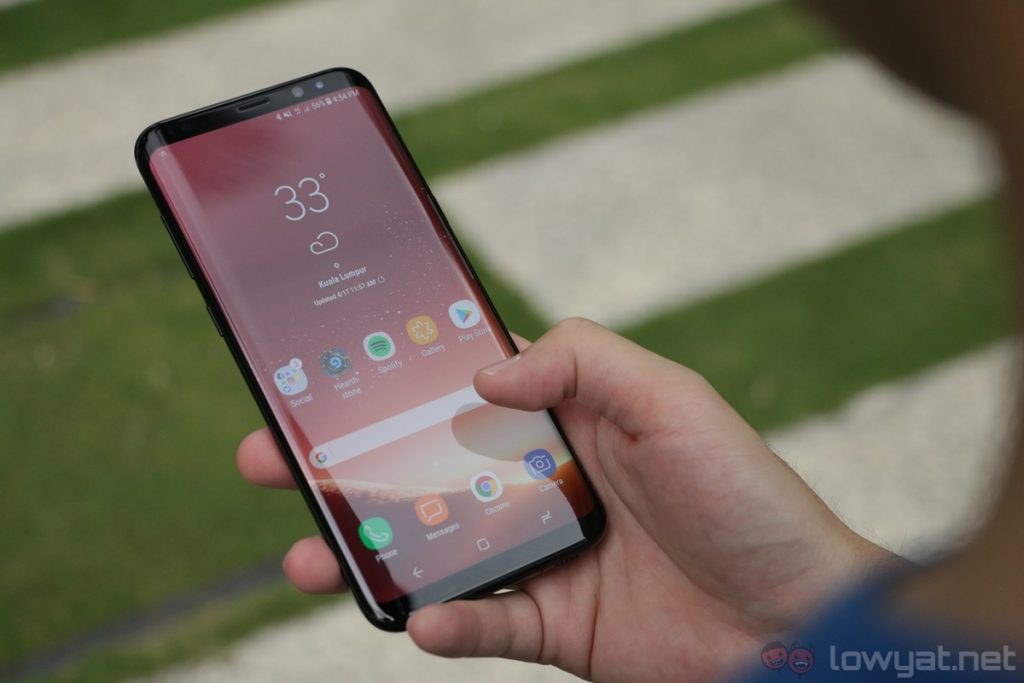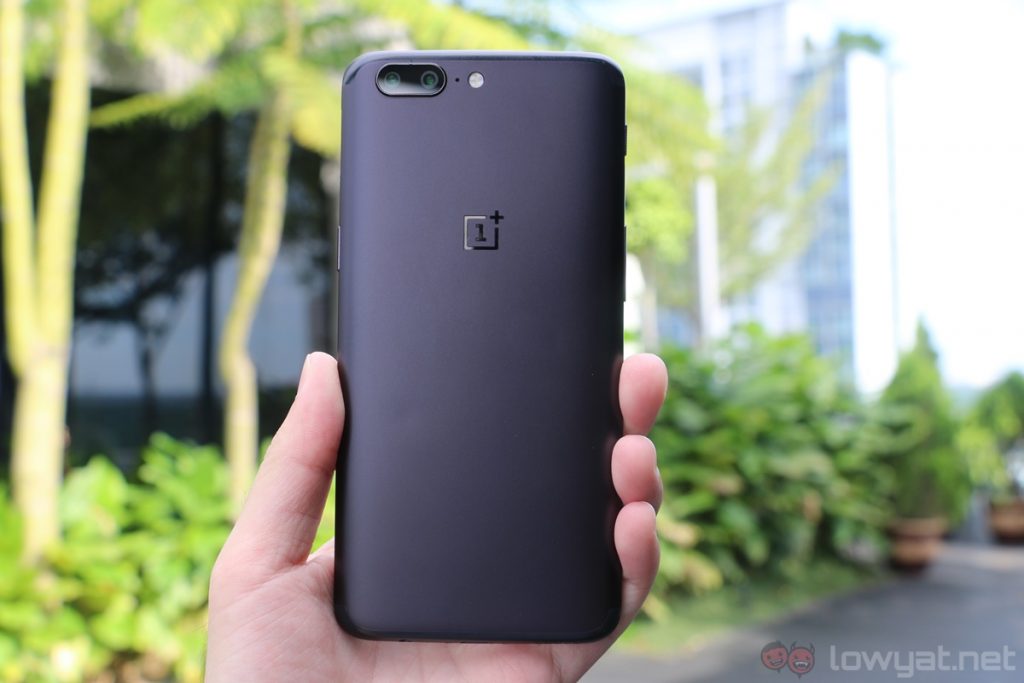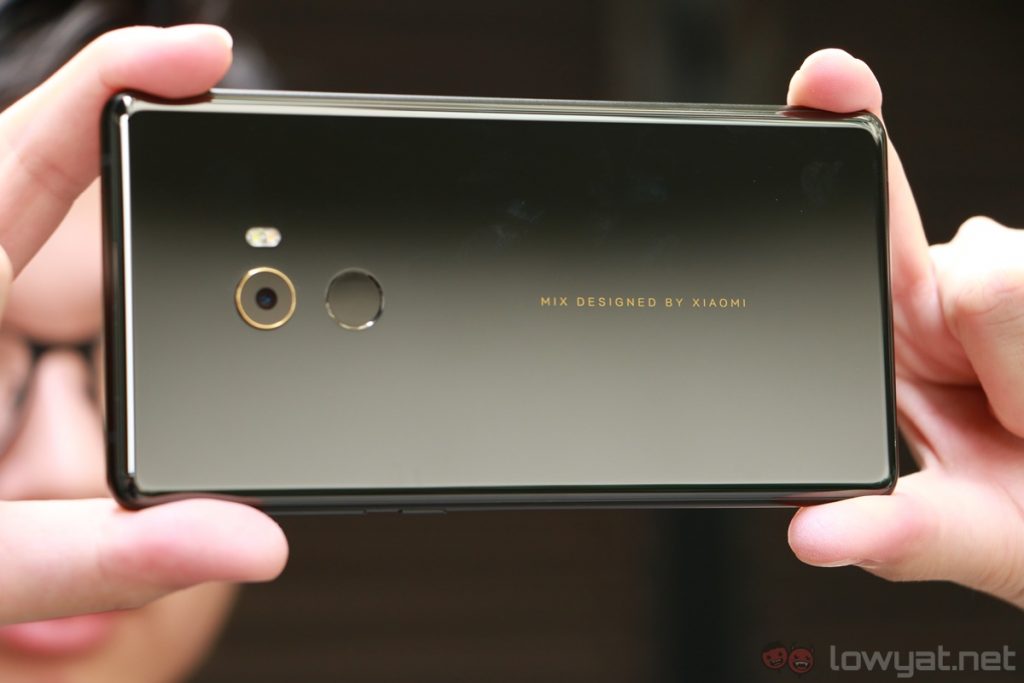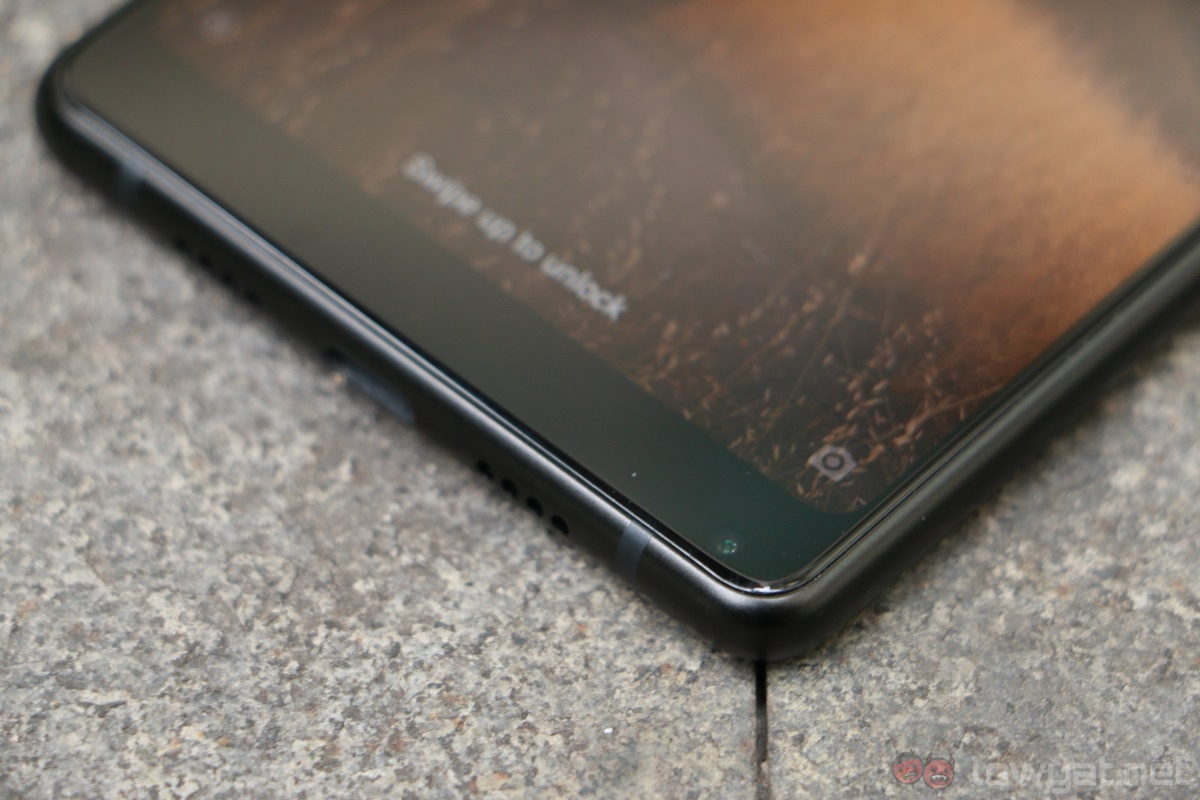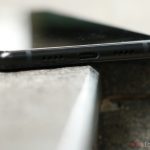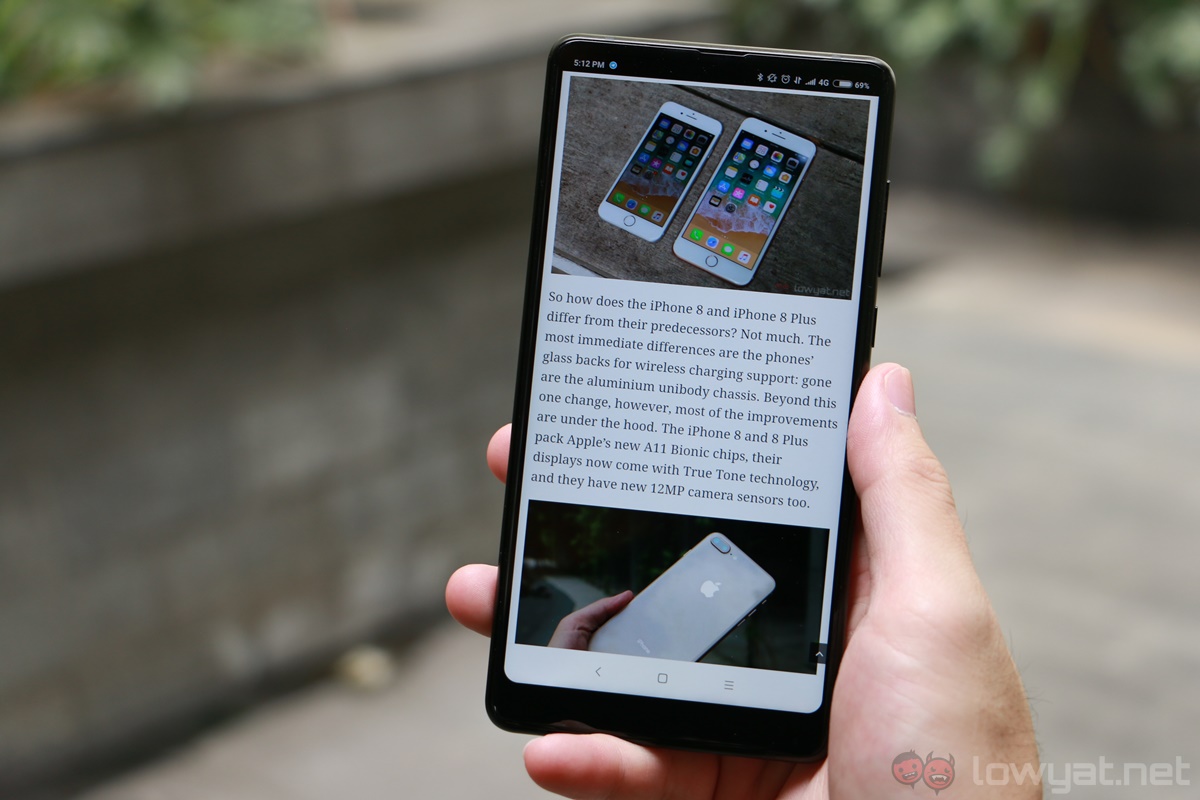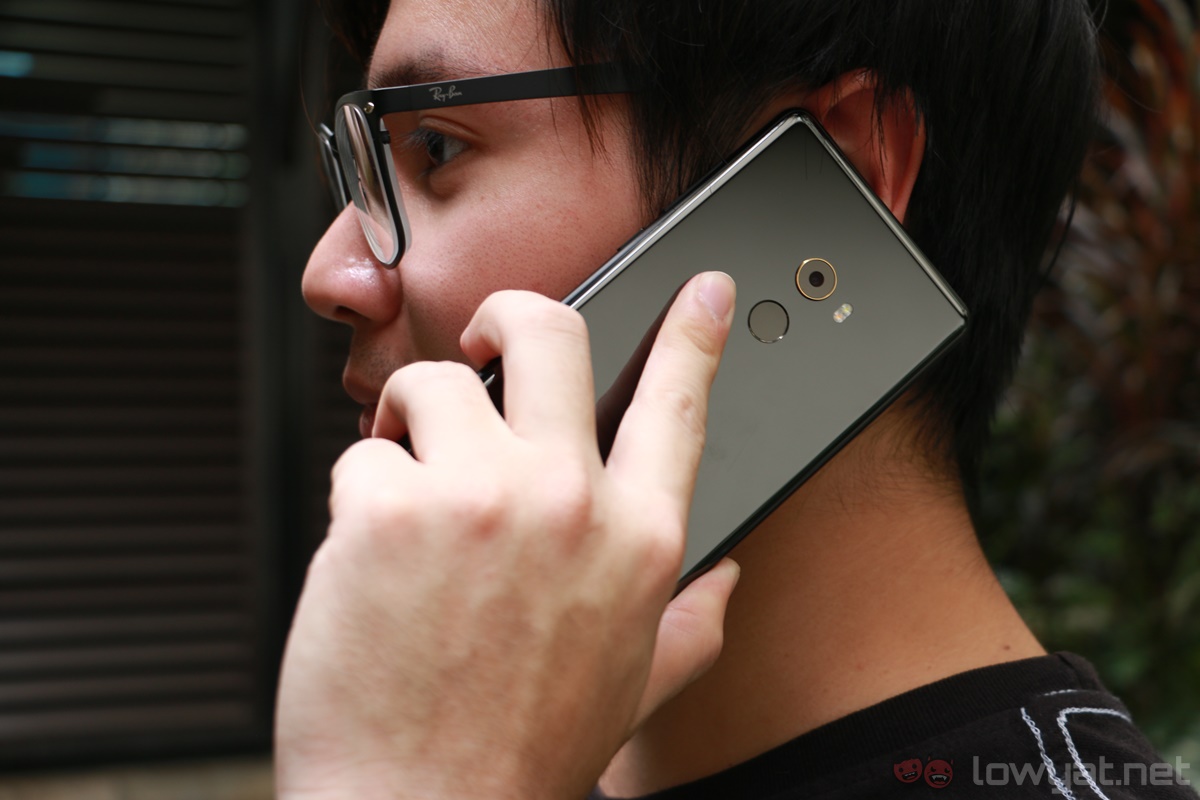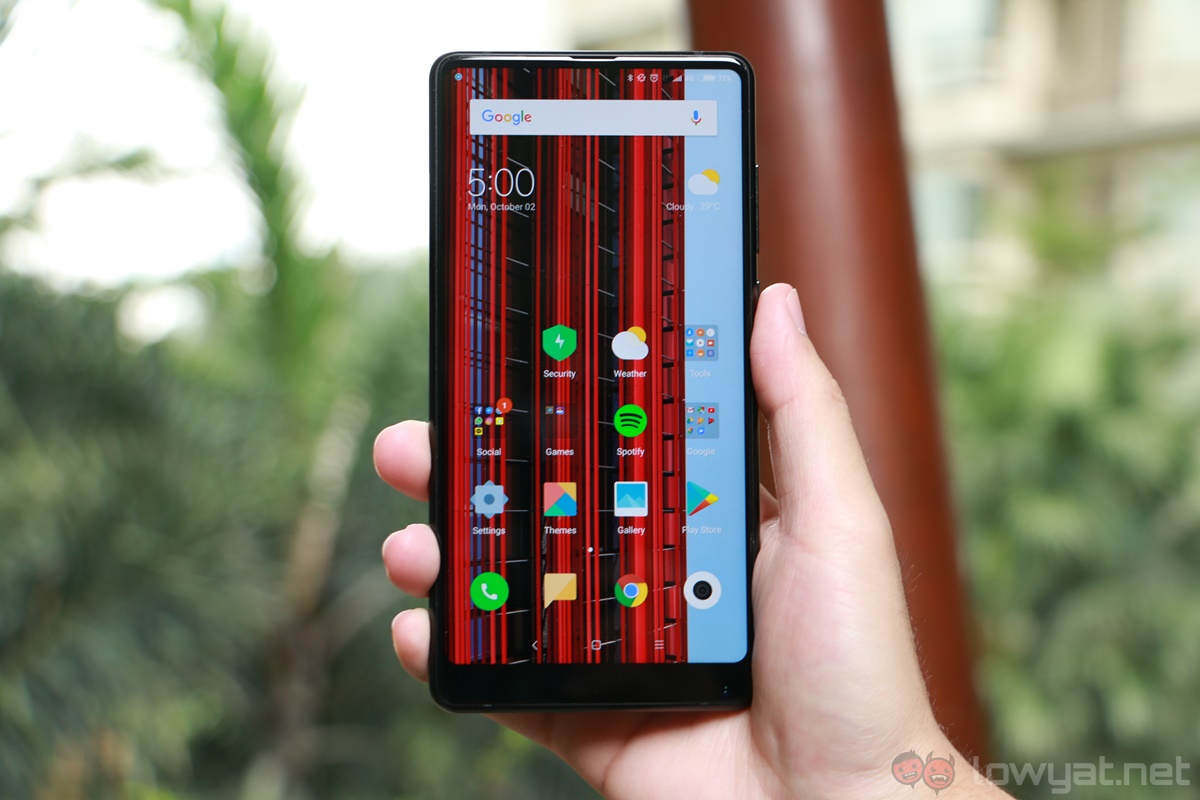Killing the bezel is one of the main focus points of smartphones this year. Some of the most notable phones that did this include the Samsung Galaxy S8+, the LG V30, the iPhone X, and of course, the one that arguably started it all, the original Xiaomi Mi Mix. Now, we have its successor, the Mi Mix 2.
Naturally, the Mi Mix 2 is more refined than its predecessor. It has hardware befitting of a 2017 flagship smartphone, it has better camera performance, and most importantly, it has a more practical form factor. However, the Mi Mix 2…is just not as exciting. It’s not a bad device, of course, but it’s not as impressive as its predecessor.
Specifications
Packed with Qualcomm’s best chipset yet, the Mi Mix 2 is one capable smartphone. This, together with 6GB of RAM and up to 256GB of fast UFS 2.1 storage, the Mi Mix 2 is without a doubt a well-equipped phone. That being said, there is one hardware that doesn’t quite fit in: its 5.99-inch 2160 x 1080 FHD+ IPS display.
In a market where other smartphones with similar 18:9 displays have higher resolution panels, the Mi Mix 2’s 1080p display certainly doesn’t come off as impressive. Nonetheless, there is an advantage to this – it’s not very power hungry, which helps in the battery life department.
Design
One of the Mi Mix’s key design elements is brought over to the Mi Mix 2: the ceramic back. Not only does the rear ceramic panel look and feel great, it adds a premium touch to the device. After all, how many smartphones have a ceramic back?
Premium ceramic back, but not without its downsides.
Then again, the Mi Mix 2’s ceramic back does come with a couple of issues. Not only is it a fingerprint magnet, it is also very slippery. To make matters worse, the phone’s aluminium frame with matte finish is equally slippery too. Thankfully, the Mi Mix 2 comes with a thin, rubberised case in the box. I find myself using the phone exclusively with the case on, and it’s certainly better than the thick, leather case bundled with the first Mi Mix.
And then we have the Mi Mix 2’s almost bezel-less display, which…isn’t quite as impressive as its predecessor’s. See, the Mi Mix 2’s top bezel is actually slightly thicker than the original Mix; we imagine some space had to be made for the earpiece. The bottom bezel, on the other hand, isn’t quite as minimal too. The Galaxy Note 8, for example, has thinner bottom bezel. Of course, this isn’t exactly a fair comparison considering the fact that the Note 8’s top bezel isn’t as thin as the Mi Mix 2.
Not quite as impressive bezel-less display, but an improvement nonetheless.
But the Mi Mix 2’s display is definitely an improvement over the first Mi Mix. Instead of a 6.4-inch 17:9 display, the Mi Mix 2 comes with a taller and smaller 5.99-inch 18:9 display. This, in turn, make for a more compact and easier phone to use with one hand.
Beyond the display, the Mi Mix 2 is a solid smartphone. It looks and feels premium, it’s very well-built, it has a nice heft to it. In theory, the Mi Mix 2 should be more durable than the Mi Mix too; its aluminium frame should be able to take more dings than the Mi Mix’s more brittle ceramic frame.
In recent times, Xiaomi smartphones are equipped with very quick and accurate fingerprint sensors, and the same remains true for the Mi Mix 2. I can unlock the phone quickly with the sensor, and its placement is just nice for me to reach with my index finger.
By today’s standards, the Mi Mix 2 isn’t quite as awe-inspiring as its predecessor; other smartphones already sport sleeker-looking displays and design. That is not to say it’s not a well-designed phone: the Mi Mix 2 is one of the sleekest devices in the market now – it’s just not as groundbreaking as the first Mi Mix. Oh, it also lacks a 3.5mm headphone jack.
User Experience
On the surface, MIUI 9 isn’t all that different from MIUI 8. There’s no app drawer, there are some bloatware here and there – though they’re easily organised into a single folder – and…MIUI 9 feels pretty lightweight and zippy, which doesn’t really come as a surprise considering how capable the Mi Mix 2 is.
There is, however, one feature that’s new to MIUI 9: Split Screen Mode. As its name suggests, it allows two applications to run side-by-side, and thanks to the Mi Mix 2’s 18:9 display, there’s more screen real estate to take advantage of Split Screen Mode. Then again, Android 7.0 Nougat – which debuted last year – already had a similar feature.
Beyond Split Screen Mode, there are still quite a number of oddities that still persist in MIUI 9. I still can’t expand notifications by swiping down with one finger (I’ll have to swipe down with two fingers or pinch to zoom instead), it’s only possible to remove notifications with a right swipe, and some apps such as Facebook Messenger and Telegram don’t show their notifications on the lock screen.
MIUI 9 still needs work on how it handles notifications.
These are by no means huge issues with MIUI 9, but they are unintuitive; most versions of Android don’t have these niggling issues. That being said, note that our unit of the Mi Mix 2 is running on a beta version of MIUI 9, but these oddities have been present for the longest times in MIUI.
Software aside, the Mi Mix 2 is one powerful smartphone. It’s very responsive throughout the review period, there’s no noticeable stuttering at all, and it’s very pleasant to game with. After all, it’s powered by Qualcomm’s powerful Snapdragon 835 chipset: this level of performance is really expected.
Fast, powerful smartphone.
Chances are, the Mi Mix 2’s 1080p display helps in the performance department too: there are less pixels to push. Despite not having the highest resolution display in the market, the Mi Mix 2’s display isn’t bad at all. It looks sharp enough, colours are vibrant, and it can get plenty bright.
There’s also an added advantage to the Mi Mix 2’s 1080p display: long battery life. Although the phone only has a 3,400mAh battery, it can return some impressive battery life. On average, I was getting anywhere between five to six hours of screen on time.
Fast charging on the Mi Mix 2 is pretty impressive too: within 30 minutes of charging, I managed to get 50% of battery life. Not the quickest charging rate I’ve seen, but still good nonetheless.
The Mi Mix 2 is a fast, practically-sized – especially in comparison to its chunky predecessor – and provides very good battery life; it’s really quite an enjoyable smartphone to use. The only thing that I don’t quite like is how MIUI 9 – well, MIUI in general – handles notifications.
Camera
Featuring the very same 12MP sensor as the Xiaomi Mi 6 (minus the telephoto lens), the Mi Mix 2…is a decent shooter. I can get some really good shots under ideal lighting, and the camera can lock in focus pretty quickly most of the time. Not surprisingly, the camera app is pretty responsive too, but only when the lighting is good.
The Mi Mix 2’s camera is good, but hugely dependent on good lighting.
In low light conditions, the camera performance of the Mi Mix 2 – much like the Mi 6 – deteriorates. The camera app feels more sluggish, focusing speeds aren’t quite as fast anymore, and images can get quite noisy too. Enabling HDR – yes, there’s no auto HDR here – definitely improves image quality, but there’s a good two to three seconds pause in between shots.
Much like how it was with the original Mi Mix, the Mi Mix 2’s front-facing camera is placed on the lower right corner. While I can take selfies in normal orientation by just rotating the phone upside down, this doesn’t work in third-party apps like Snapchat and Instagram, which…can get troublesome.
Nonetheless, the Mi Mix 2 isn’t a bad shooter by any stretch of the word. With some patience and good composition, the device can snap some really good shots – just don’t expect it to be effortless. The camera has never been Xiaomi’s strongest point, but the Mi Mix 2’s camera performance is still commendable.
Sample Images
Competition
Coming up with competition for the Mi Mix 2 is a bit of a challenge: it’s not officially available in Malaysia yet, although it will very likely arrive here soon. That being said, AP units of the Mi Mix 2 are already sold locally, so let’s take that as a benchmark.
All variants of the Mi Mix 2 have 6GB of RAM, and it comes in three storage capacities: 64GB, 128GB and 256GB. Retailing at RM2,499, RM2,699 and RM2,999 respectively, the Mi Mix 2 offers pretty good value for money, especially for its feature set.
Plenty of value for money.
At that price point, the most immediate competition to the Mi Mix 2 is none other than the Samsung Galaxy S8+. Although the latter retails at RM3,699 when it was launched here, it can be purchased for less than RM2,900 now.
For that kind of money, the Galaxy S8+ offers a sharper and more impressive 6.2-inch 1440p Super AMOLED Infinity Display, 64GB of expandable storage – the Mi Mix 2 does not have a microSD card slot – a much superior camera performance, as well as an IP68-rated body.
But the Mi Mix 2 does have its fair share of advantages as well. For one, it comes with more RAM at 6GB, and it has an edge in terms of battery life despite packing a slightly smaller 3,400mAh battery – its more compact and lower resolution display definitely help in this aspect too.
Another interesting competition to the Mi Mix 2 is the OnePlus 5. Retailing at RM2,388 and RM2,688 for the 64GB/6GB and 128GB/8GB variants respectively, the OnePlus 5 offers better value for money. It comes with the same Snapdragon 835 chipset as the Mi Mix 2, it has better camera performance – a dual-camera setup, at that – as well as a near-stock Android experience.
Then again, the Mi Mix 2 offers a sleeker design thanks to its almost bezel-less display, not to mention better battery life as well – Xiaomi definitely knows a thing or two when it comes to power efficiency.
Conclusion
The Xiaomi Mi Mix 2 is a sleek and capable flagship smartphone – it’s also much more practical and refined than the first Mi Mix. However, its finicky camera performance and software experience mar an otherwise excellent flagship phone with good value for money.
If you can live with the Mi Mix 2’s average camera and the oddities of MIUI 9, it’s certainly a compelling flagship. It’s not quite as exciting as its predecessor, but it’s the next logical step for the series – it’ll be interesting to see what the Mi Mix 3 will bring to the table.
Photography by Leon Lam.
Follow us on Instagram, Facebook, Twitter or Telegram for more updates and breaking news.

